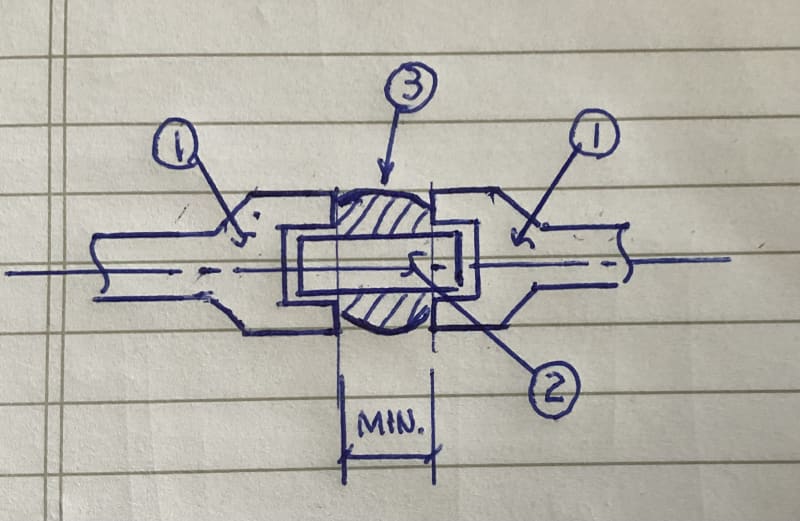JoeSeag
Mechanical
- Jan 24, 2024
- 12
I’m curious if there’s any suggestions for coming up with maximum loads that can be applied to 1/2” nipples on the taps on an orifice flange pair?
Follow along with the video below to see how to install our site as a web app on your home screen.
Note: This feature may not be available in some browsers.

